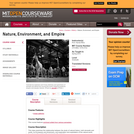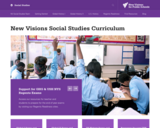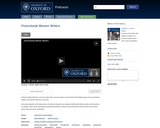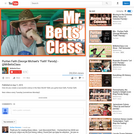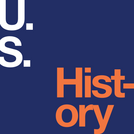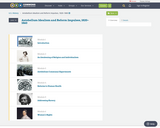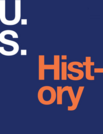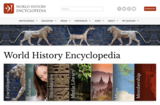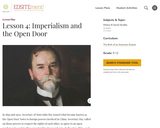
In 1899 and 1900, Secretary of State John Hay issued what became known as the Open Door Notes to foreign powers involved in China. Secretary Hay called on those powers to respect the rights of each other, to agree to an open market and equal trading opportunities for merchants of all nationalities, and to respect the territorial and administrative integrity of China.
- Subject:
- History
- Material Type:
- Lesson Plan
- Provider:
- National Endowment for the Humanities
- Provider Set:
- EDSITEment!
- Date Added:
- 09/06/2019


